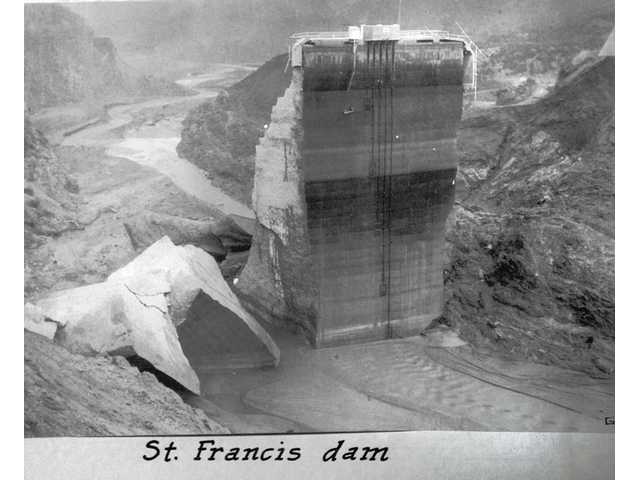11th March 2011
A massive earthquake shakes Japan!
Killer waves of monster tsunami wipe out everything on the shore!
Roads, bridges, railways, buildings, vehicles anything and everything submerge!
16,000 people killed. 125,000 building destroyed.
Besides all of these,
One thing shocked the world more seriously!
The failure of Fukushima Nuclear Plant!
Scary days of nuclear disaster!
The response from world leaders were even surprising!
Germany declared decommissioning of its 22 reactors in coming decade!
Switzerland announced end of nuclear by end of 2034!
Italy by a referendum decided to end its nuclear industry!
Japan announced closure of its several nuclear plants for tests!
It was like the world have never seen a disaster more devastating than this!
It was like the world didn't know anything that can be more devastating than this!
You know one thing?
Something looming large over the world?
A bomb, more powerful than a nuclear disaster!
The ageing large dams!
The real monster! Water Bomb!
There are hundreds of it around the world!
The average age of the dam in US is 50 years! And still ageing!
The collapse of Banqiao dam in China
It killed 171,000 people in 1975!
11 million people lost their homes!
The flood caused waves 10km wide and 3-7 meters high!
It rushed onto the plain down at a speed of 50km per hour!
It wiped out everything on area of 50km long and 10km wide!
Just imagine the area it destroyed!
The failure of St. Francis Dam in USA in 1928!
The exact number of victims remain unknown!
The victims were flushed out to the Pacific Ocean, 87km away from dam site!
The flood was almost 3 km wide!
Again an area of 87km long and 3 km wide!
Morvi Dam collapse in Indian state of Gujarat
It killed more than 25,000 people in 1979!
Now the population density is not as it was in 1920s or 1970s.
The same intensity of dam collapse can make the destruction far more bigger!
Many large old dams are in thickly populated area with potential to kill not thousands, but millions!
Resulting flood wave can destroy the whole environment and will change the geography of the entire area!
The debris deposited in the dam for more than a century will come out with collapse of dam which can create epidemic in unimaginable proportion!
Friends, some facts are scary!
Please don't accuse me of scaremongering!
We can not stop tsunami happening!
But we can stop tsunami caused by dam collapse!
We used such dams for 50 or 100 of years! Now why do we wait until it collapses!
That will destroy everything that we earned with the existence of the dam itself!
Our past generation built up their life, the economy and the nation for us with these dams and finally this generation is going to be destroyed with the same dams!
Yes, of course, we have good examples too!
Victoria dam in Australia was built in 1891
The dam found weakened by leaching of lime with leakage of water!
And they rebuilt it in 1991 exactly after 100 years!
San Fernando Dam in USA
It was partially damaged in an earthquake in 1971.
With the safety concern of more than 80,000 people living downstream, the authority decided to rebuild it.
They built it in 4 years with earthquake resistant practices and technologies!
Two decades later in 1994 another earthquake hit the dam area, and the dam was able to withstand!
What we need now?
Immediate decommissioning of old dam or rebuilding!
But the world is silent, for various reasons!
In some instances, it is lack of funds!
In some instances, it is political reasons and short-sightedness of the leaders!
In some instances, it is red-tapes and bureaucracy!
But the nature's law will not wait for anybody!
There are hundreds of dam under construction.
We need policy for decommissioning of dams!
There should have clear policy statement with regards to every aspects of decommission at the end of its useful life!
There should have policy for its regular maintenance and safety inspections!

